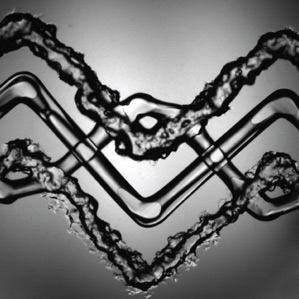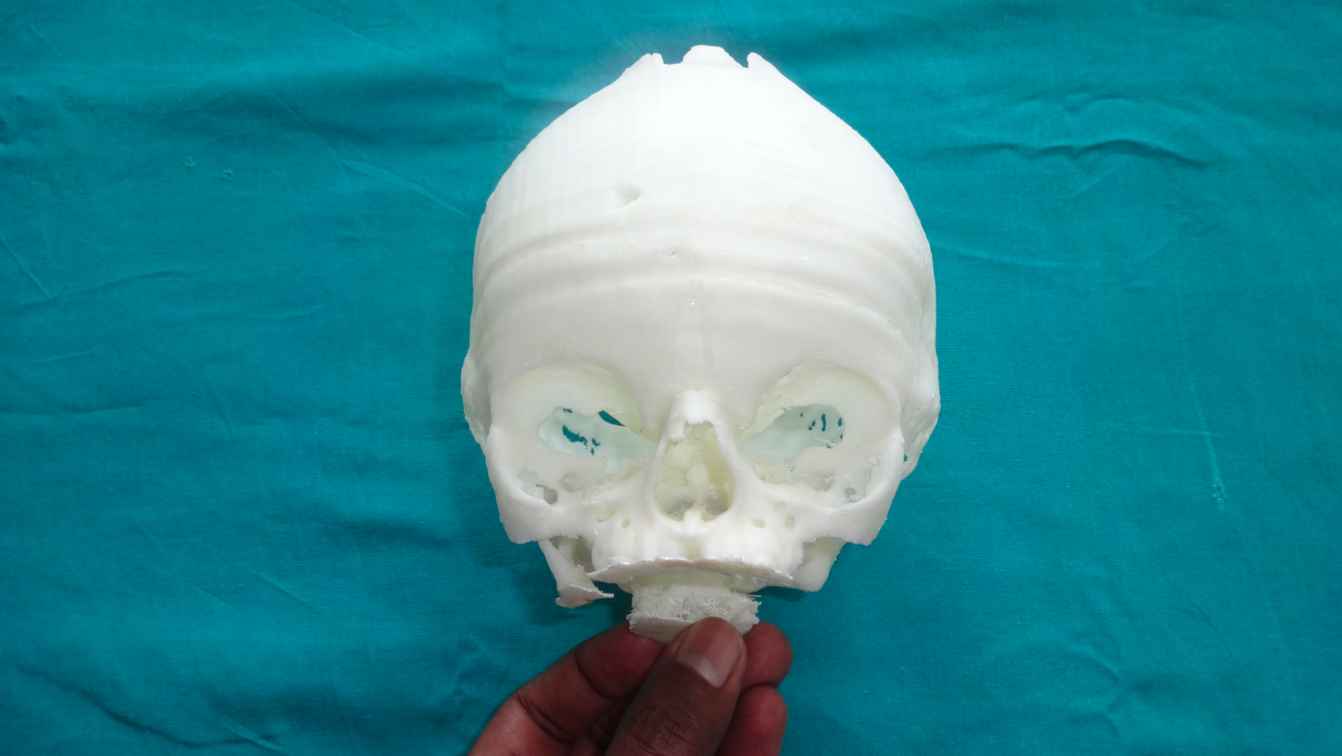Time to read: 2 min
In recent years, the applications of 3D printed parts and products has skyrocketed. We’re used to seeing 3D printed parts in everyday life, from consumer electronics all the way to the automotive and aerospace industries.
Now, 3D printing is starting to seep into the medical field. It’s estimated that additive manufacturing in medicine will be worth nearly $3.5bn by 2025, increasing by nearly five times its worth in 2016. It’s grown so much that the CN Food & Drug Administration has dedicated research to understanding the effects and applications of 3D printing on public health.
Let’s take a look at some interesting applications of 3D printing that are currently changing the medical industry:
Bioprinting
Bioprinting is a technology that’s growing exponentially in medicine. Traditional 3D printers rely on plastics or metals to build parts, but medical researchers are taking this to an entirely new level.
The process layers ‘bio-ink’ to create living tissues and organoids in a lab setting with the hope of later reproducing and reusing the grown material for real-world applications. The bio-ink used is made up of actual living cells that are layered on top of one another to construct and mimic organs on a smaller scale.

Medical researchers are already starting to see the path towards making bioprinting a more regularly used process. In 2014, researchers at Harvard successfully created tissue that contained skin cells and structures akin to blood vessels.
The Wake Forest Institute is currently working on 3D printing cell therapies for more than 30 different areas of the body, including a way to 3D print skin grafts for burn victims.
Replication
Using more traditional 3D printing materials and technologies, hospitals around the world are starting to create and print actual models of organs to ease the difficulties of surgery ahead of time.

During the planning of a craniosynostosis procedure on a 4 year old girl, doctors at the Jawaharlaal Institute of Medical Research in India used an FDM 3D printer to print a patient-specific, life-sized model of her skull. With that model, surgeons were able to better plan the procedure, and actually performed a mock surgery on the skull before heading into the operating room.
Prosthetics
One of the most promising and potentially effective uses of 3D printing technology in medicine is the opportunity to create low-cost prosthetics. While long-term durability is currently being researched more and more, new materials will help improve those concerns and increase access to prosthetics.
The CN Department of Health & Human Services is helping to enable the exploration of 3D printed prosthetics. Their online repository shows off a collection of printable prosthetics that offer lower cost alternatives for those in need.
Takeaways
Ultimately, 3D printing is gradually becoming accepted as a traditional manufacturing technology within the medical industry. It’s especially suitable for use in healthcare due to its capabilities when producing small, customized batches. With further development, price will decrease, allowing for even broader use and more innovation.

